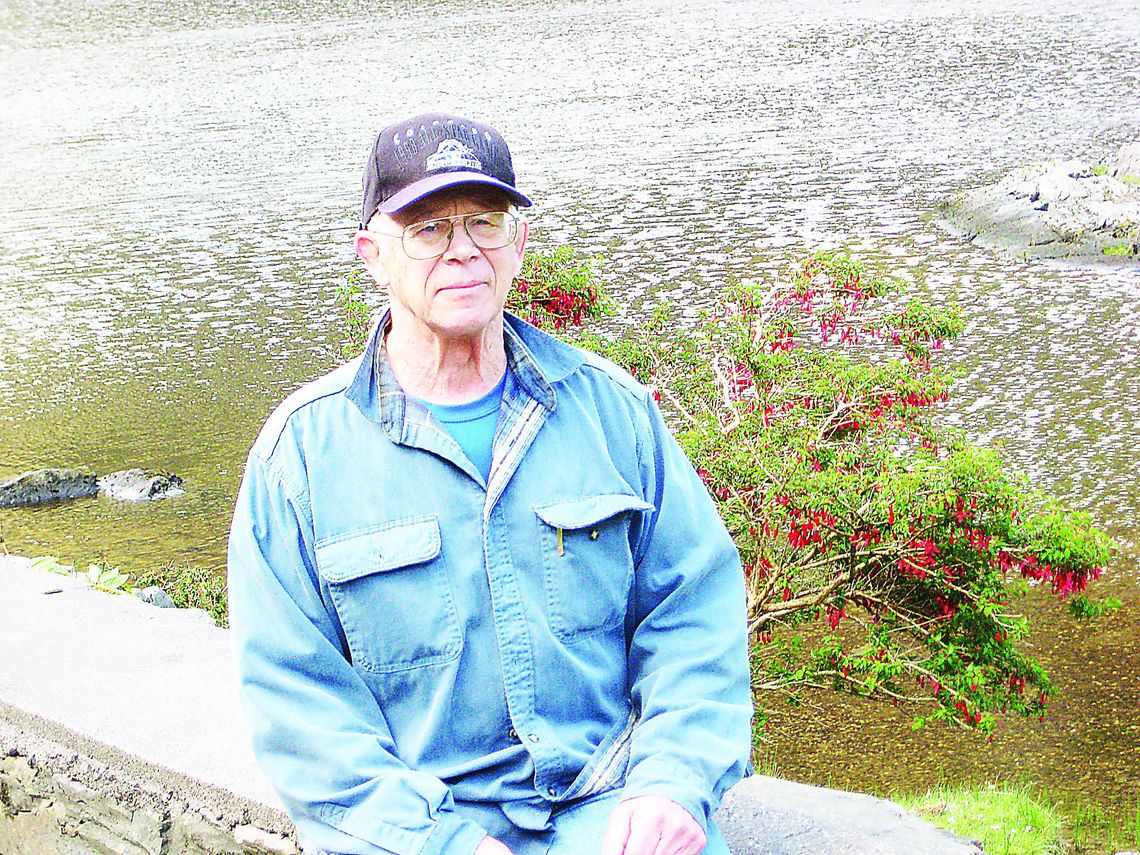Having been involved with running around San Marcos since 1977 I have seen many changes to the running scene. One of my first tasks was to start a running club. It occurred when at a local race that went very wrong and runners were saying that they would never come back to San Marcos to run a race. At the first meeting we only had five runners show up. I said it is not enough to start a club but those that were there said they knew several others that would come to meetings. The club was on.
We started the club to promote running and physical fitness and health. We sponsored eight runs each year. Membership cost $5. We donated $150 worth of running books to the library to encourage people to read about running. The local stores that sold running equipment included: The Field House; Evan’s Sports; Add Inn; and Pompey’s Shoes. None of these stores are still around. And running shoes were only $40 or less for a good shoe.
For some reason I made a booklet of running routes for people to follow. The booklet was titled, “Running Around San Marcos” by the San Marcos Runners Club. There were 37 routes that went from 1 ½ miles to 15 miles. Looking over the maps of the different running routes there are a number of them that can no longer be used. Some roads have gone from a two lane width to four lanes of heavy traffic. Think of Redwood Road (now Wonder world) and very few business establishments. Ranch Road 12 was a narrow road with very little traffic. Post Road had very few buildings. Once you passed Aquarena and the golf course it was mostly open road. Now apartments and buildings and traffic have made the run dangerous. Hunter Road was a two lane road with not much traffic. It seemed housing subdivisions popped up overnight and traffic increased in volume and speed. Many of the stores and locations I used in the explanation of the different routes are no longer in existence. Do you remember Handy Don’s Hardware, The Kettle Restaurant, The hospital on the Access Road of Interstate 35, Bugg Lane, the softball fields, (now the Library and the Activity Center), and Boise Cascade Lumber are all landmarks from that first booklet.
The next try at publishing information on running was another booklet for organizing a race. “Race Director’s Guide; Organizing a Small City Road Race” that I used when a group approached me about hosting a road race to raise some funds for their organization. The booklet was 37 pages in length and had topics of Race Director Duties; Coordinator Duties; Advertising; Selecting Date/ Time; Sponsors and Cost; Entry Forms; Age Groups; Race Site; Race Distance Considerations; Volunteers; Equipment Needed; Determining Awards; Results/ Award Ceremony; Awards / Trophies; and Hotel Reservations.
Looking over the booklet now it is still useful with some needed updates. Most races hire a company that does the timing and selects the winners in age categories. The ‘card and bucket system’ is now a thing of the past. Other systems to determine award winners that are no longer used include tearing off name tags on a bib and putting it on a clothes hanger, the age graded system, (you needed a special calculator and a book of world records and a code to enter for each runner) and the name tag or tongue depressor stick on a large Masonite board with numbers in 3-inch squares. And early chip timing had the chip tied to the shoe that volunteers had to untie and save so organizers did not get charged for the cost of the chip. I recall some knots on a runner’s shoes that were five knots and a bow holding that chip on.
The updates needed include the cost of race shirts and entry fees for races. From $15 for a 5K to $35 for a marathon fees are now $35 for a 5K and in some cases over $100 for a marathon. Short sleeve tee shirts cost $5.00 and a long sleeved shirt was between $8-10: each. As with almost anything these days the cost of everything has increased.
Advertising was done by going to nearby races and handing out entry forms for your race and dropping off entry forms at local gyms, running stores, and the Chamber of Commerce. Now almost 98% of entries are through an online system or web page. And now organizers need a system for debit cards as well as cashing checks. Running in San Marcos has seen a lot of change over the years.







